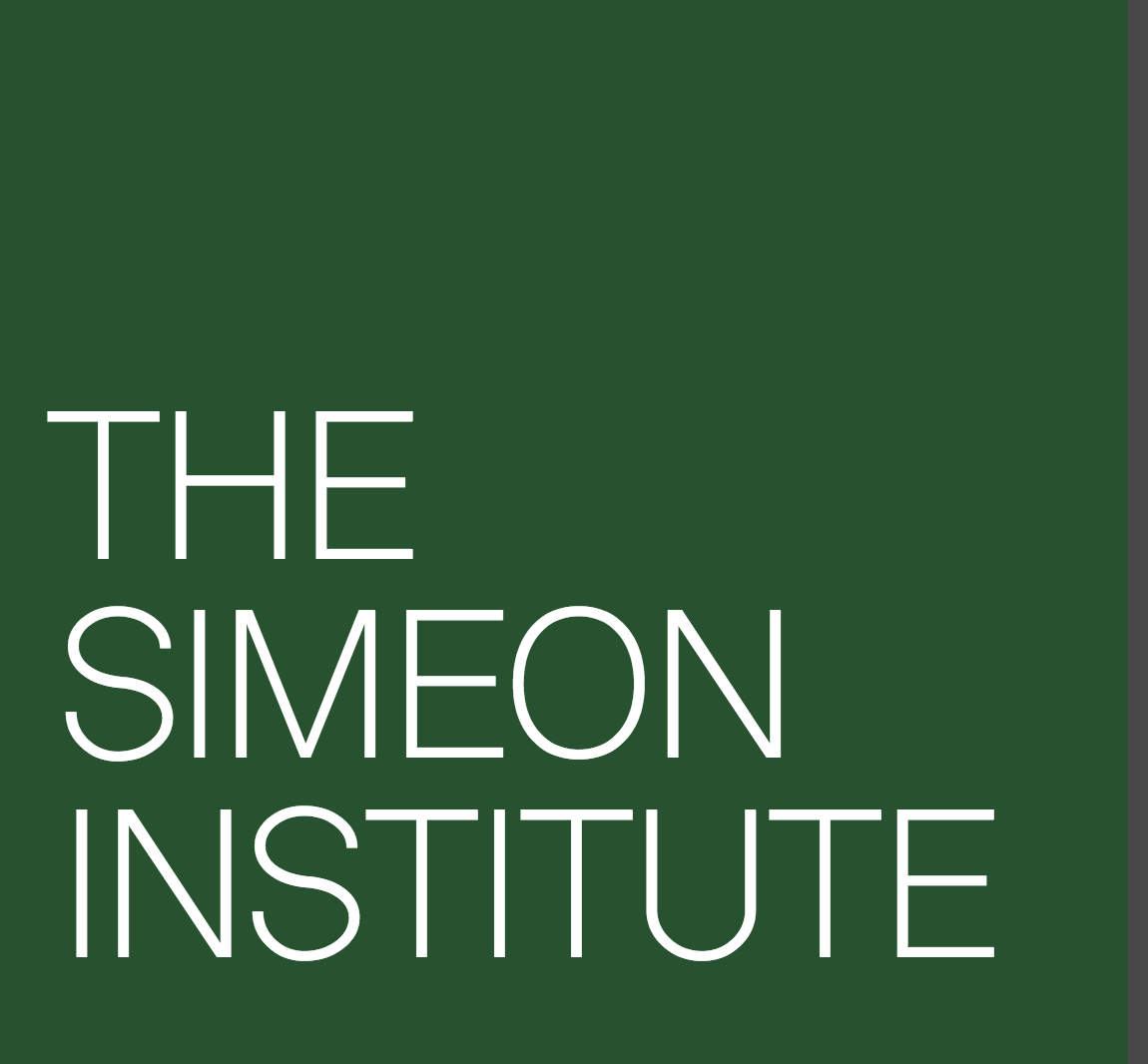The Big Texas Freeze - Part 2...the birth of PUMAs
/“Wicked problems” increasingly populate our so-called VUCA world, especially as the climate crisis unfolds. In the US, allegedly one of the most prepared for this onslaught because of large investments over long periods in emergency and crisis management, the evidence is not optimistic. In less-developed countries the outlook worsens.
In mid-February, 2021, most of Texas got very cold. Clearly, Texas became colder than anyone had previously planned for. State and county level government, together with many cities and towns, flailed and prevaricated. Communities and neighborhoods were largely on their own to cope or even to survive. Plainly, this was a disaster that required management, but it sadly did not work at extra-local levels, for numerous reasons.
Historically, in crisis management studies, this might be called a “complex emergency”, (though these usually feature a violence component, like war or a terrorist incident.) However, the actual response seems more distinctive and intriguing, particularly because the most useful areas of response came from below, from local sources, whether individual or organizational.
Local people realized no one was coming to save them, so they had to save each other. In numerous places, the coalescing of neighborhood efforts, often emerging from the actions of a single individual, virally extended through social media, showed a pattern. “Pop-Up Mutual Aid” resulted.
Hence, PUMAs.
What are PUMAs?
PUMAs are local, activist crisis responses initiated through social networks (having no previous existence), characterized initially (and perhaps long-term) by largely leaderless and locally-bounded networks solving a specific need with extensive communication (usually social media), which eventually fold when a need is met. Some form of cooperative decision-making emerges. However, the “organization” is specifically not sustainable because it is intended to stop and disperse at the end of the response; the mission is limited to one narrowly-defined task and nothing else. Management of funds is transparent, no overhead rates are involved, and no member receives compensation for their work.
PUMAs are NOT:
• existing nonprofits carrying out their missions
• existing nonprofits adapting their work to meet needs outside their missions
• previous PUMAs which have ossified into nonprofits
• for-profits serving their communities
• government entities of any kind
If a PUMA pursues permanence after a crisis it ceases being a PUMA and becomes some other form of organization.
Example
A crisis hits and needs arise. Either someone begins to meet the need and posts or tweets what they’re doing, or someone posts or tweets the need and people start showing up and helping. Communication spreads through electronic means and the helping becomes a flat network, with individual decision-making nodes, generally doing the same things and constantly sharing information. When funds are needed, efforts are individually supported unless others outside the PUMA contribute but are not otherwise involved. Outside funds are tracked and spent through transparent mechanisms like Venmo. When the PUMA closes, leftover funds are given to other nonprofits. However, most contributions are in-kind, whether time or other resources.
More to come...
Rescued 500 people from Texas roads
H-E-B let people go without paying
UT Austin Social media mutual aid
Texas freeze mutual aid – Mother Jones
LA Times Mutual Aid
Texas Monthly mutual aid

